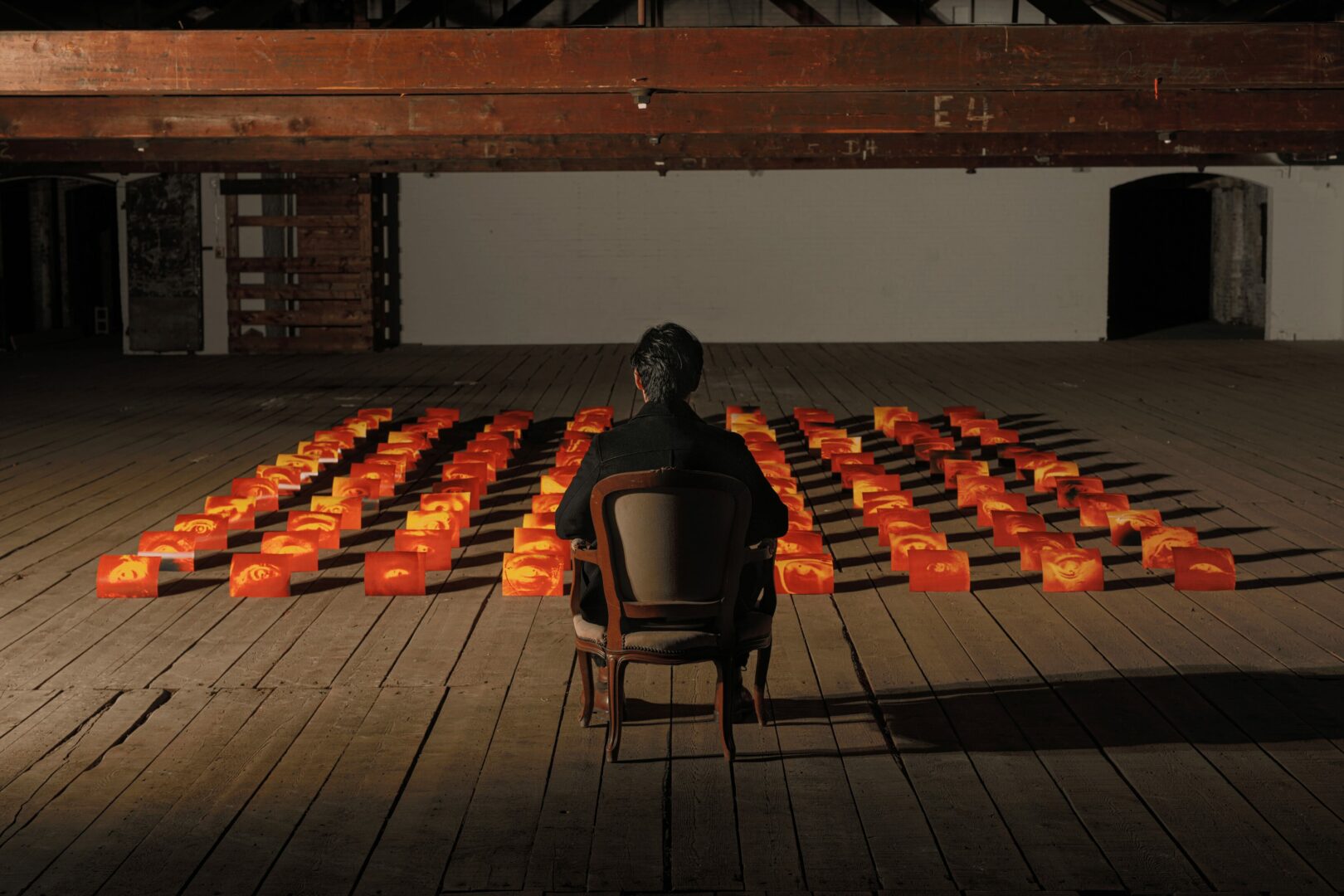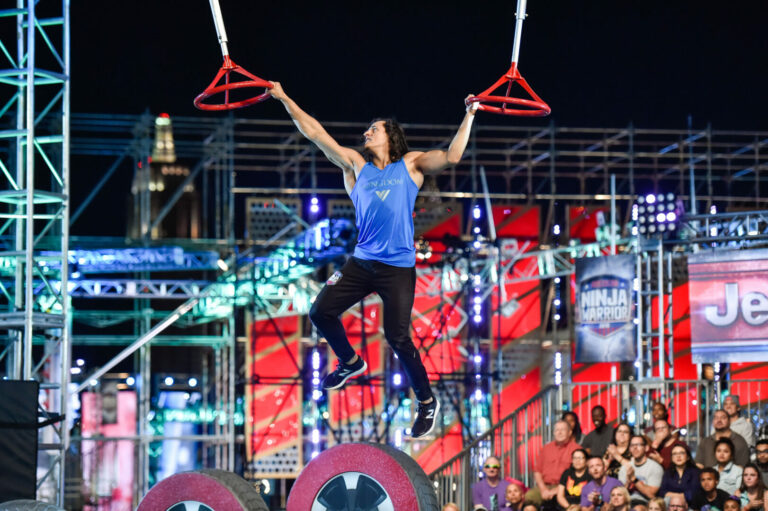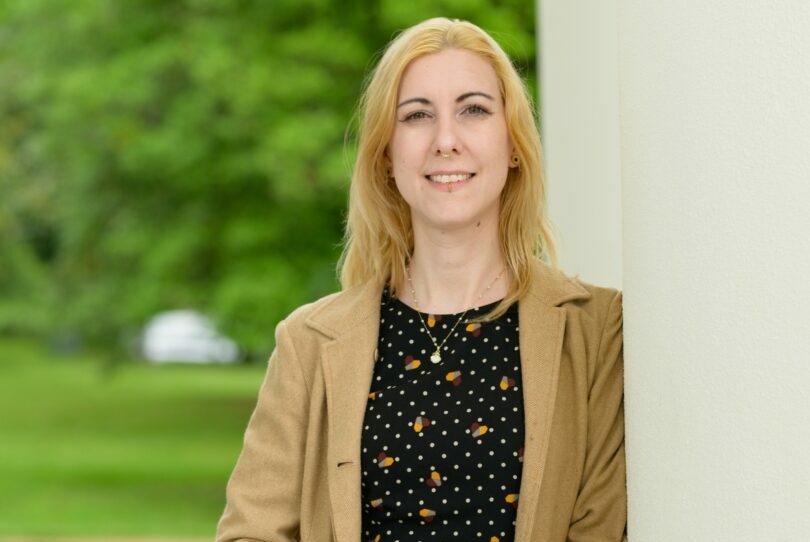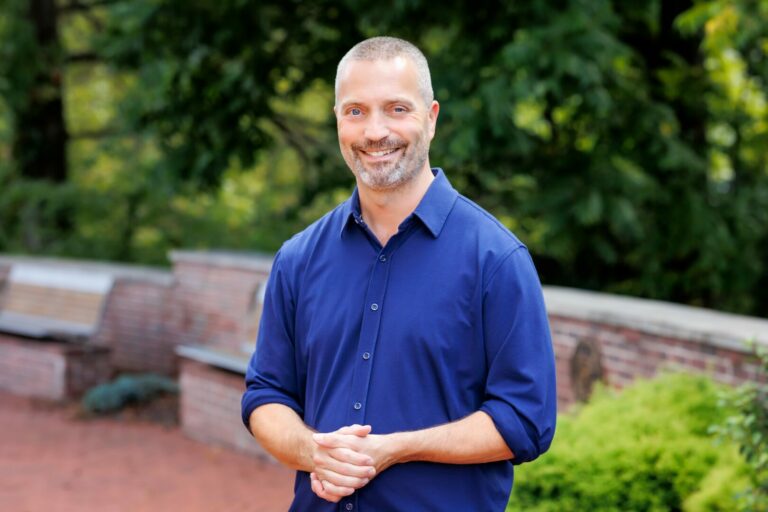We were lucky to catch up with Kei Ito recently and have shared our conversation below.
Kei, so great to have you sharing your thoughts and wisdom with our readers and so let’s jump right into one of our favorite topics – empathy. We think a lack of empathy is at the heart of so many issues the world is struggling with and so our hope is to contribute to an environment that fosters the development of empathy. Along those lines, we’d love to hear your thoughts around where your empathy comes from?
I consider empathy essential for fostering understanding and connection in our increasingly complex world.
For me, empathy has been shaped significantly by my personal history and experiences. As a third-generation hibakusha (Japanese atomic bomb victim) and an immigrant to the US, my life has been a tapestry of diverse cultural influences and historical legacies. These conditions have provided a unique perspective that has deeply informed my capacity for empathy that shows up in my artistic practice.
Growing up with stories of my grandfather’s experience, watching him die from cancer, and the lingering effects of the bombing on our family instilled in me a profound sense of the suffering and resilience of others. This personal connection to a catastrophic historical event broadened my understanding of trauma and its long-term impacts on individuals and communities such as working with Downwinders (people who lived and worked around the nuclear testing sites in the US from 1945 – 1992).
Additionally, my work as an artist has been instrumental in the development of my empathy. Engaging with diverse communities particularly through projects has allowed me to listen to and amplify the voices of those who have experienced the often hidden or forgotten traumas of nuclear history globally. Through participatory action research methodologies, I’ve learned to create spaces where diverse voices are valued and heard, fostering a sense of shared humanity and understanding.
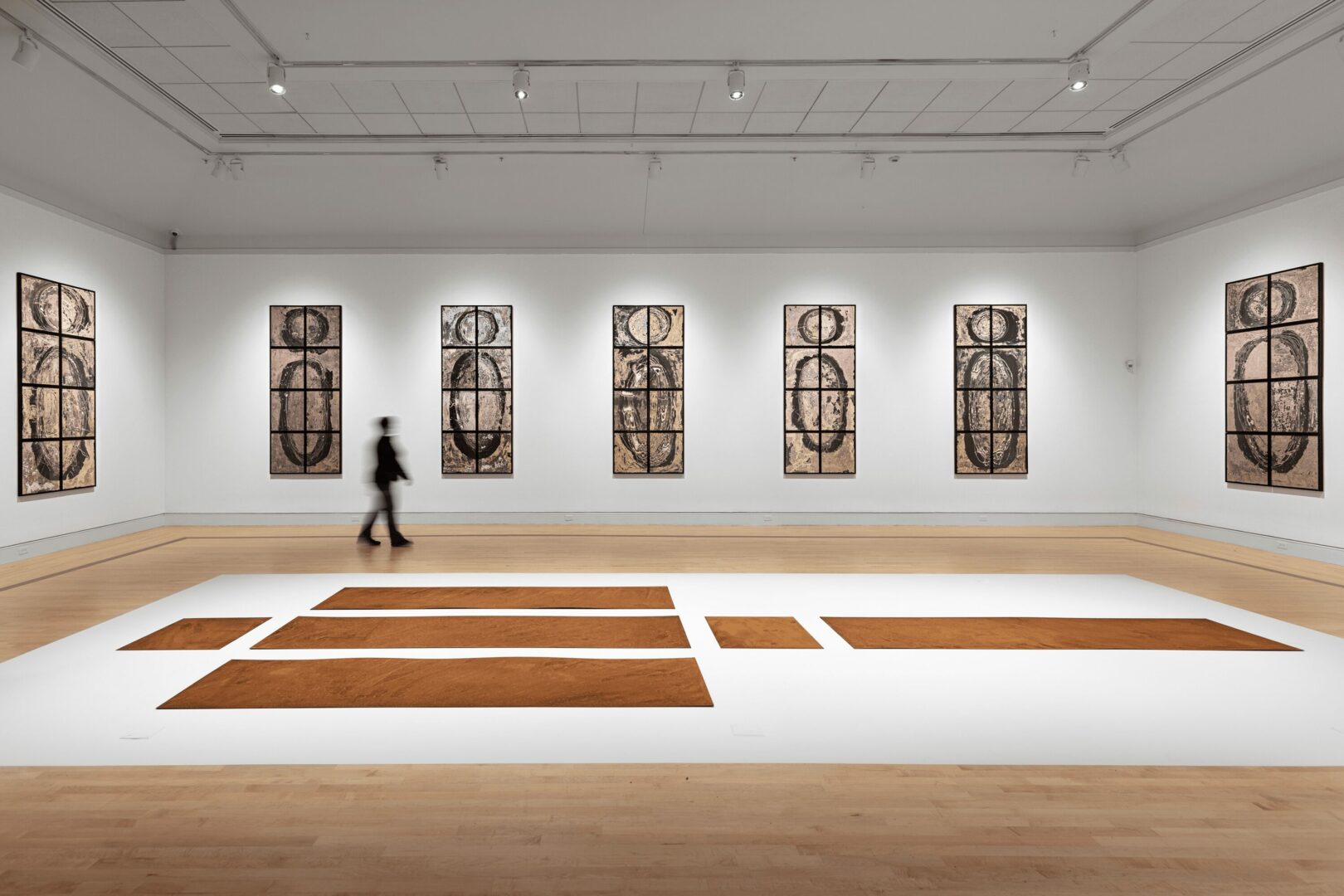
Thanks for sharing that. So, before we get any further into our conversation, can you tell our readers a bit about yourself and what you’re working on?
I am an interdisciplinary artist deeply engaged in exploring themes of memory, identity, and the impact of historical legacies. My artistic practice primarily involves photography and installation art, where I delve into the complex intersections of personal and collective trauma, particularly focusing on the enduring consequences of nuclear conflict.
One of the most recent aspects of my work is how it bridges the past and the present, using art as a medium to uncover and recontextualize forgotten or hidden histories. My heritage as a third-generation hibakusha has shaped my perspective, infusing my work with a personal narrative that speaks to broader issues of war, peace, and intergenerational trauma.
A significant project I consider as the beginning of my tackling of the accepted narrative and rewriting the nuclear story is “Eye Who Witnessed.” Made through camera-less photographic techniques, I selected photos of 54 Japanese A-bomb victims and 54 American Downwinders from various archives and my own family albums. From there, I cropped them down to just one of their eyes – the windows to the soul – and at that size almost unidentifiable one from the next. Using these archival images, I printed them onto transparencies and then exposed with sunlight those larger transparencies onto light sensitive color darkroom papers.
The origin of my use of sunlight to make my work echoes back to my grandfather telling me when I was a child that the day in Hiroshima was “like hundreds of suns lighting up the sky.” From there, whenever I install the images, I always make it a point to mix up both groups – bridging the separation these two victim groups have been assigned to even though the perpetrator was the same. This project marks my journey to build empathy not only towards nuclear victims but also to bridge that gap and say – yes, you were hurt too by nuclear weapons; there is no race, class, nationality, or creed that owns that classification as nuclear weapons hurts us all.
Currently, “Eye Who Witnessed” and many other projects that bridge this divide are on view in my solo exhibition “Kei Ito: Staring at the Face of the Sun” at the Georgia Museum of Art in Athens, GA until July 14, 2024.
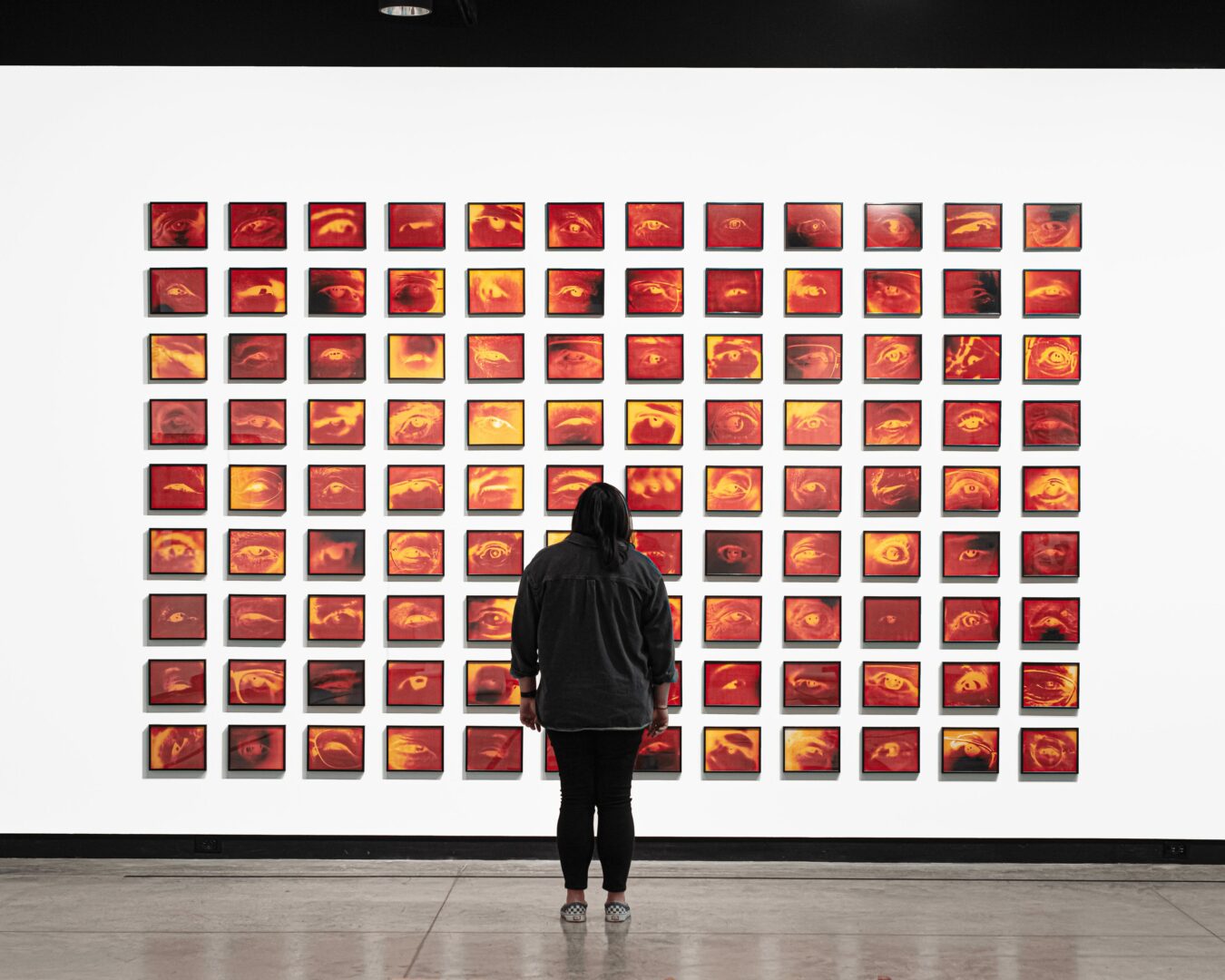
There is so much advice out there about all the different skills and qualities folks need to develop in order to succeed in today’s highly competitive environment and often it can feel overwhelming. So, if we had to break it down to just the three that matter most, which three skills or qualities would you focus on?
These three qualities—empathy, research, and resilience—have been pivotal in my journey as an artist. They have not only shaped my work but also helped me to grow personally and professionally. For those starting their own journeys, I encourage you to develop these skills actively. Approach your work with an open heart, a curious mind, and a resilient spirit. By doing so, you will be well-equipped to navigate the challenges and create meaningful, impactful art and I will list why.
Empathy is not a static trait but a dynamic skill that can be and should be cultivated through intentional practice and openness to the experiences of others. By engaging deeply with the stories and struggles of diverse communities, we can build a more empathetic and connected world.
In-depth research has been foundational to my work where uncovering hidden histories and understanding complex socio-political contexts were crucial. Research has provided the factual backbone that supports the emotional and conceptual layers of my art.
Resilience has been essential in navigating the challenges and setbacks that come with a career in the arts. Whether it’s dealing with rejection, financial instability, or creative blocks, resilience has helped me to persevere and continue evolving as an artist.
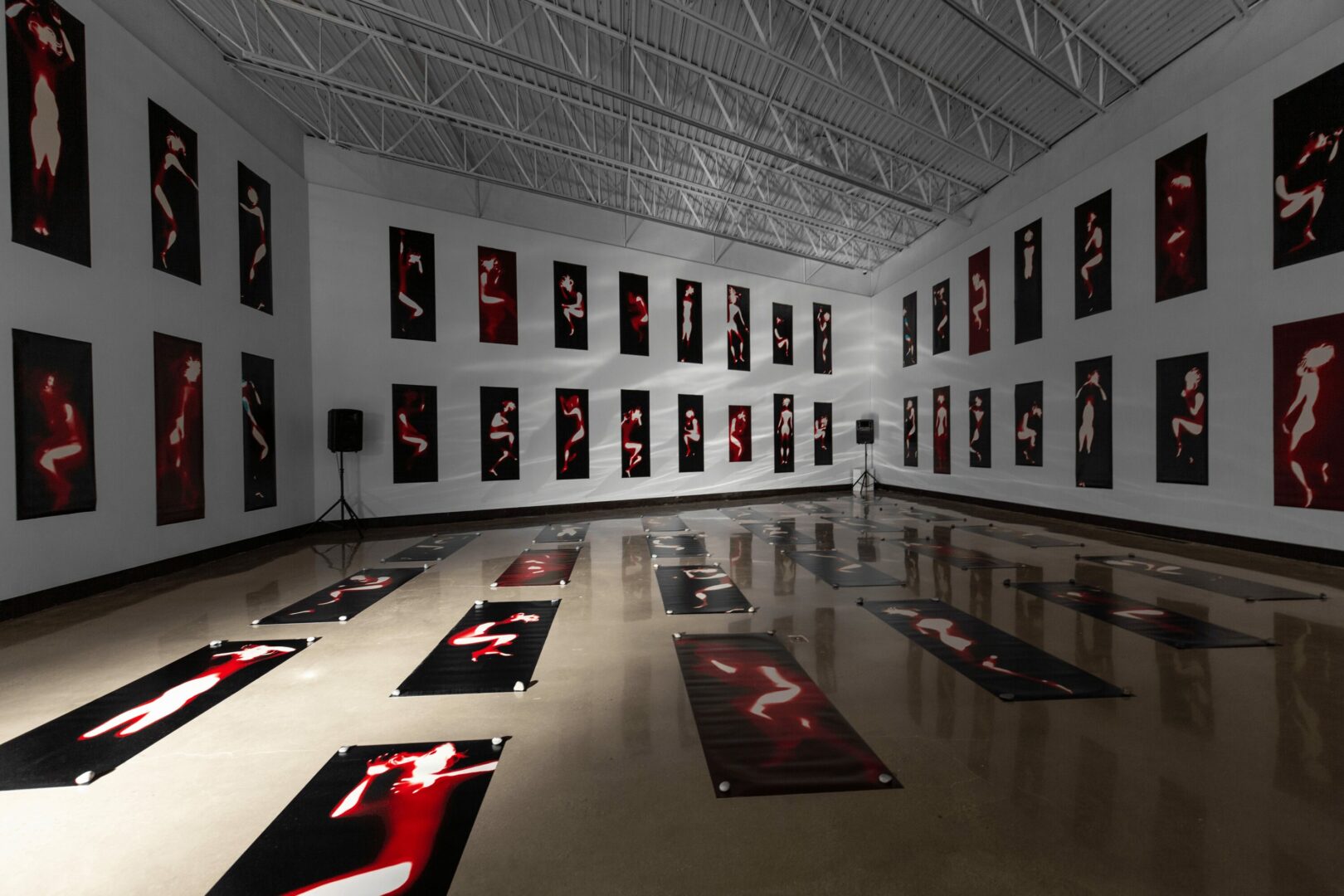
Okay, so before we go we always love to ask if you are looking for folks to partner or collaborate with?
I am always looking for meaningful collaborations that can enrich my work and broaden its impact. I am particularly interested in partnering with individuals and organizations who share a commitment to healing through art and community engagement. Here are a few types of collaborators I am seeking:
Historians and Researchers: Those with expertise in nuclear history, cultural studies, and environmental justice to help deepen the research foundation of my projects.
Community Organizations and Activists: Groups working on issues related to nuclear legacy and environmental health to help amplify the voices and stories of affected communities.
Educational Institutions: Universities, museums, galleries, and cultural centers interested in hosting workshops, exhibitions, or talks that focus on the intersections of art, history, and healing.
If you are interested in collaborating, please reach out to me through my website’s contact page or connect with me on social media. I look forward to exploring potential partnerships and working together to create impactful art that fosters dialogue and change.
Contact Info:
- Website: https://www.kei-ito.com
- Instagram: https://www.instagram.com/kei.ito.art/
- Other: Exhibition Catalog Link to “Staring at the Face of the Sun”, a solo exhibition at the Georgia Museum of Art: https://publuu.com/flip-book/479981/1078745
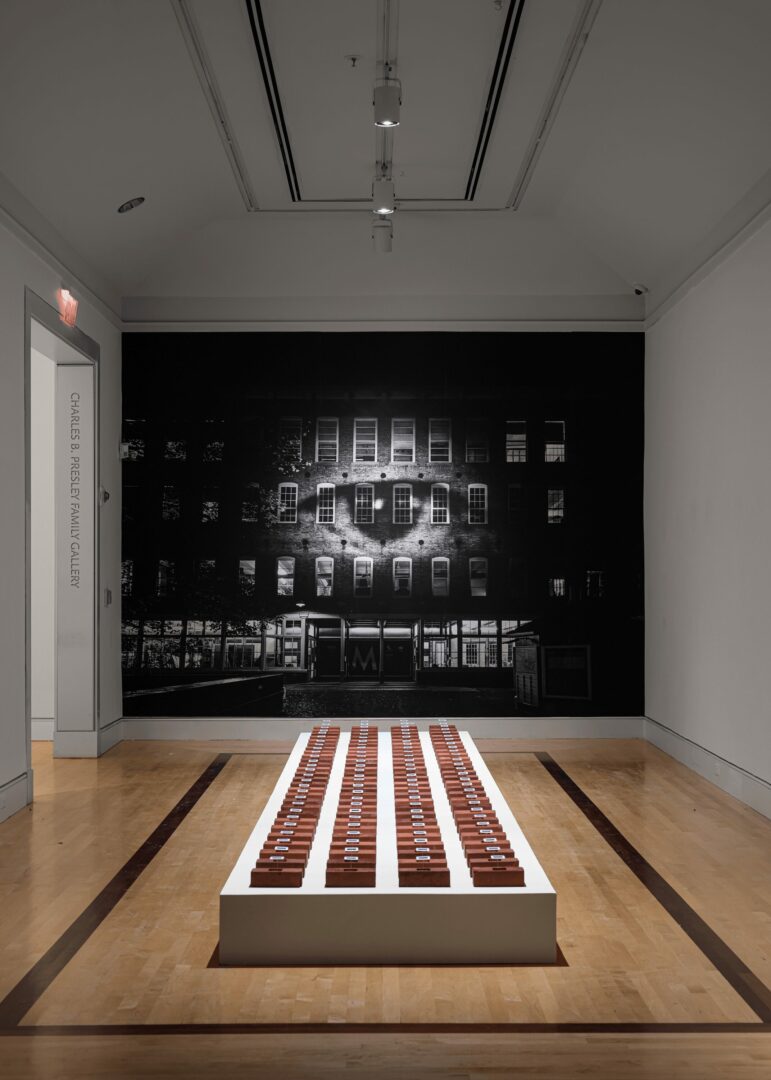
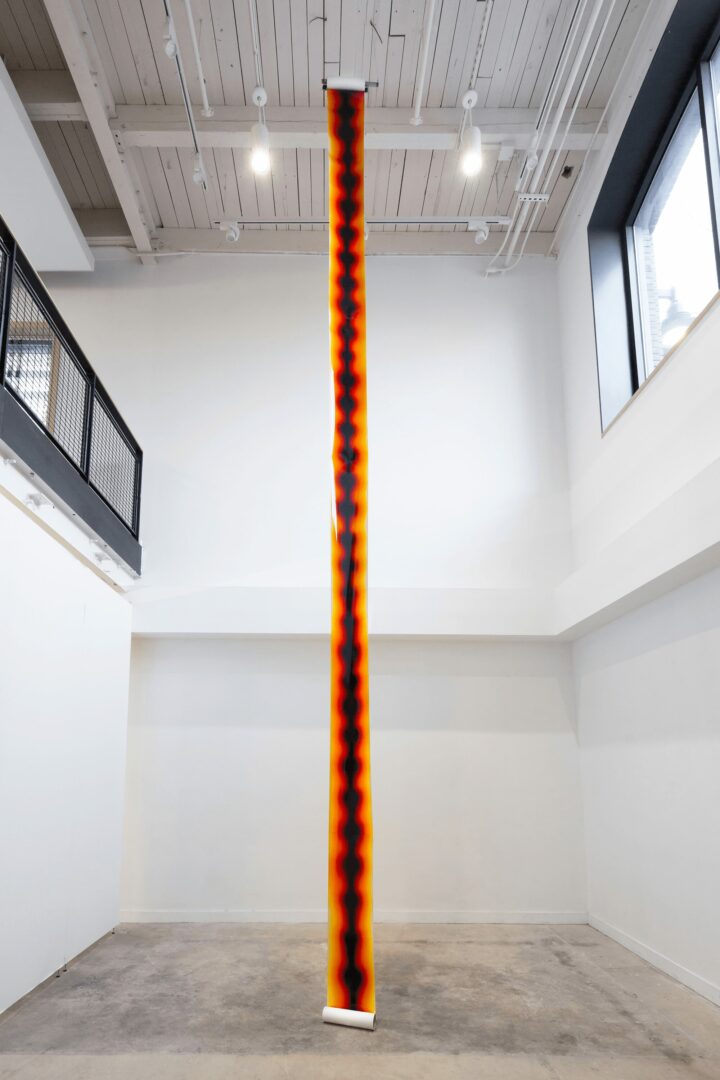
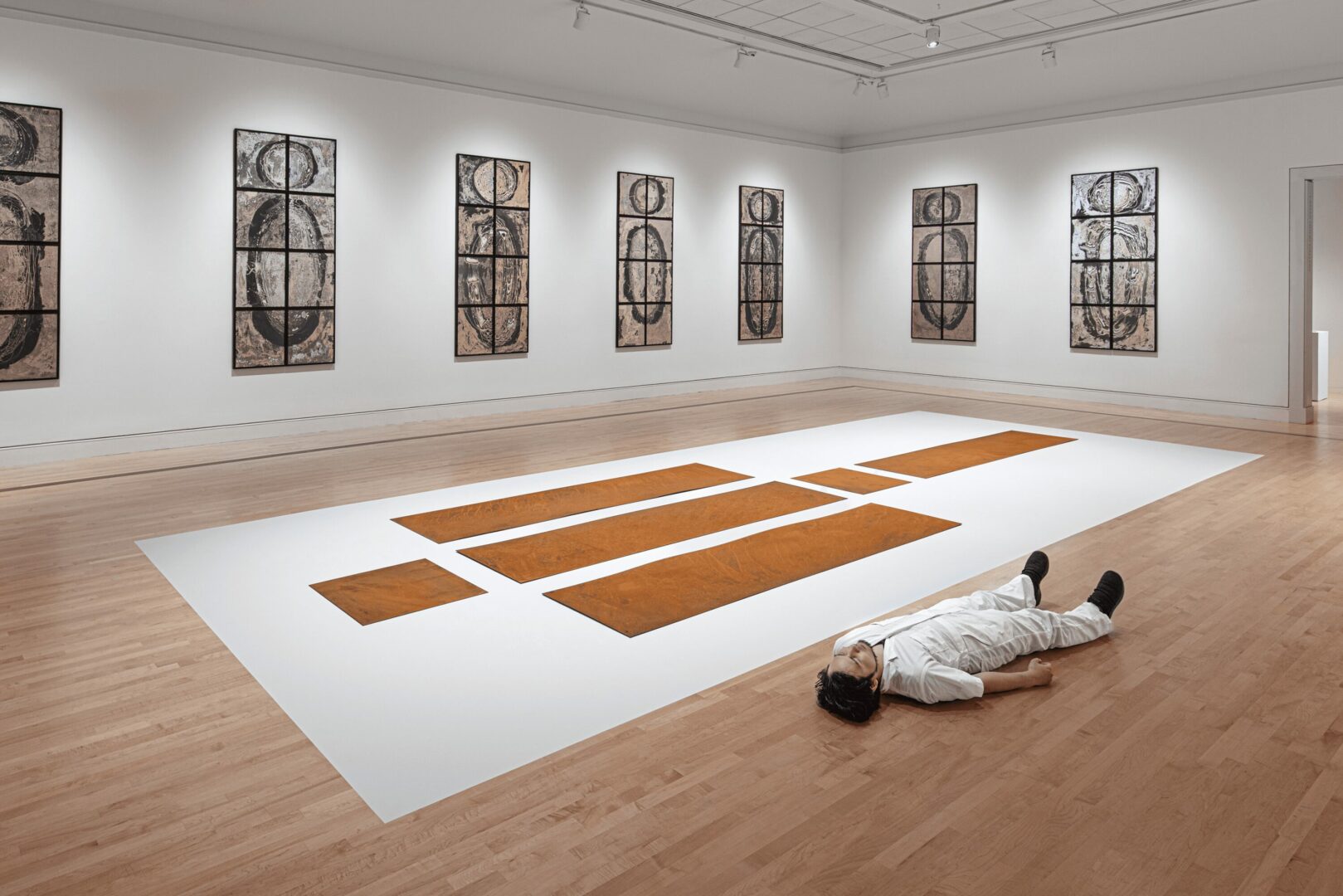
Image Credits
Kei Ito
so if you or someone you know deserves recognition please let us know here.

